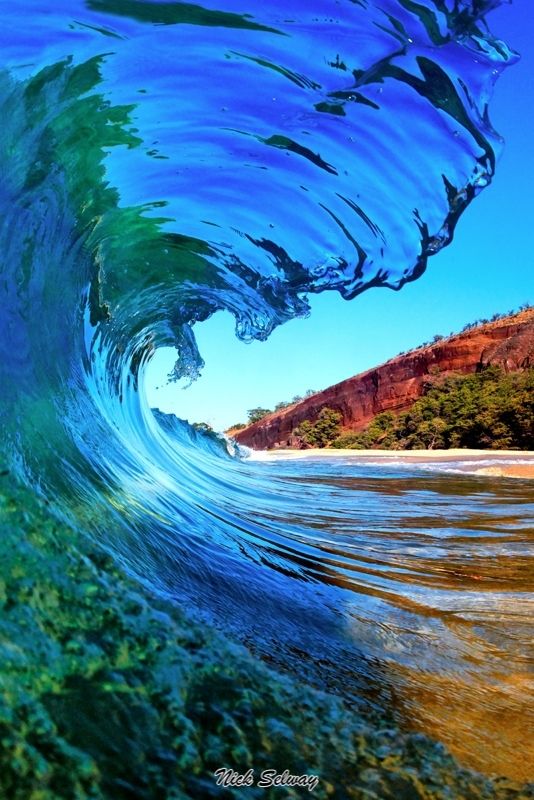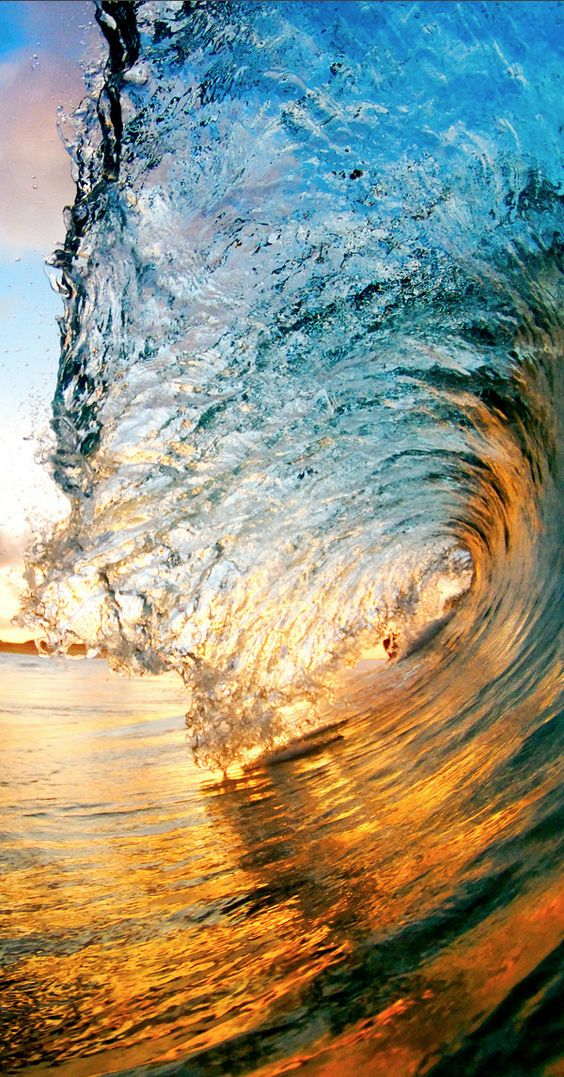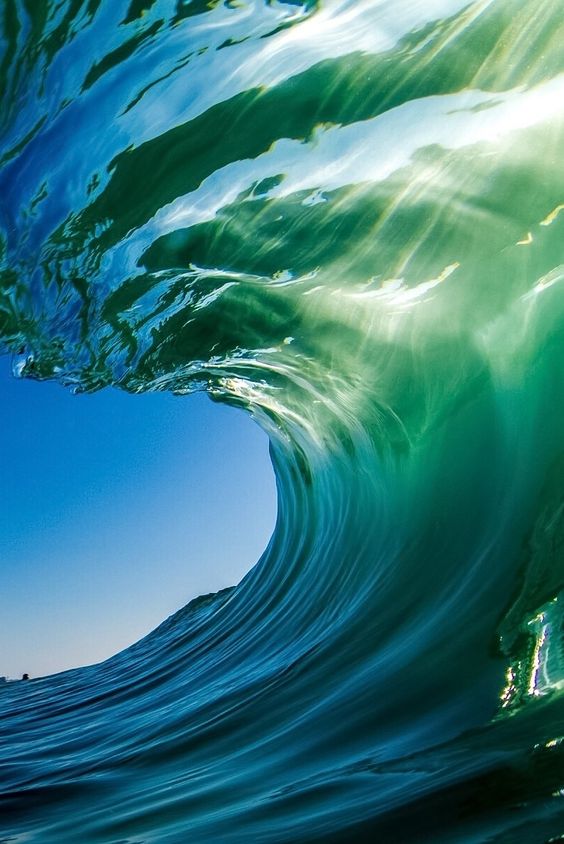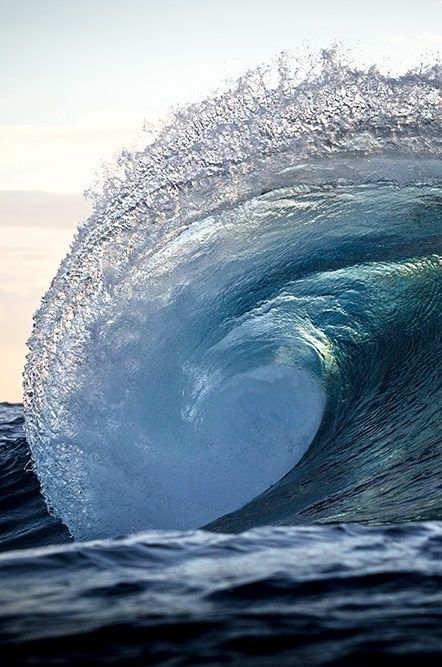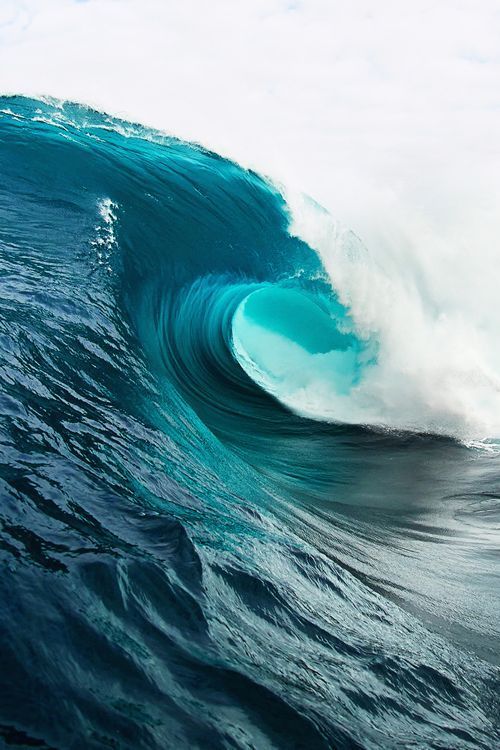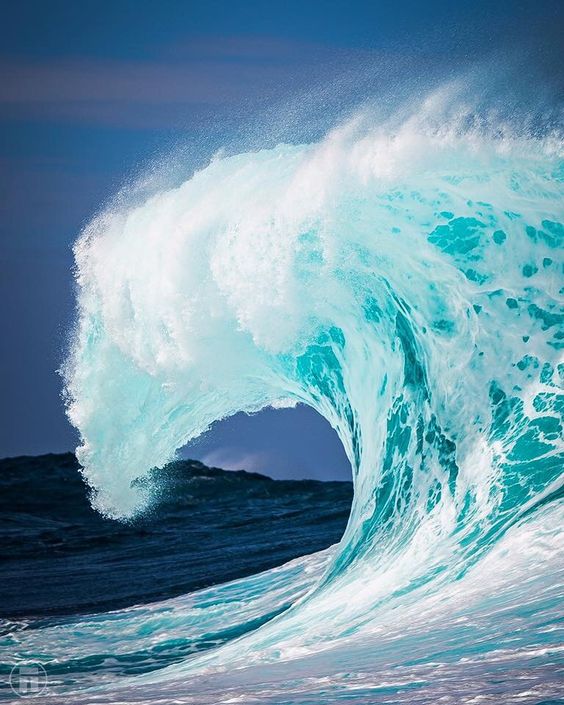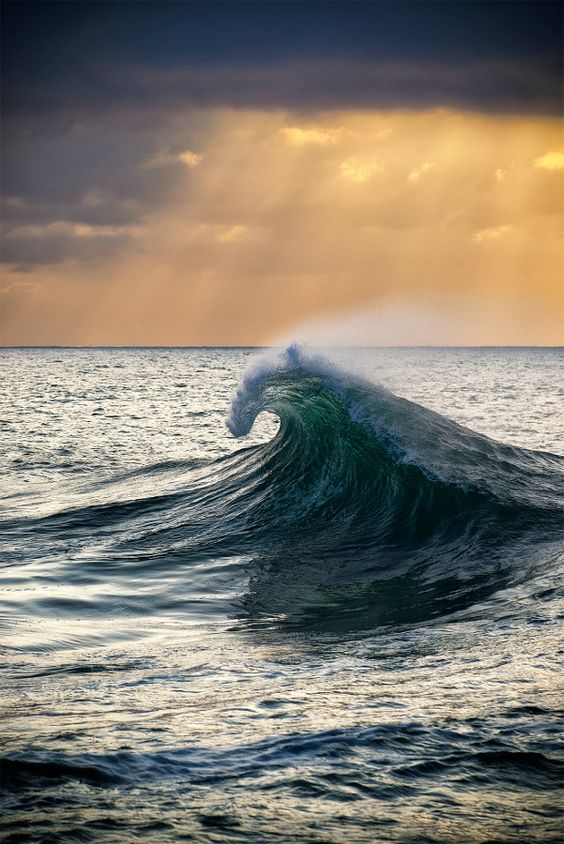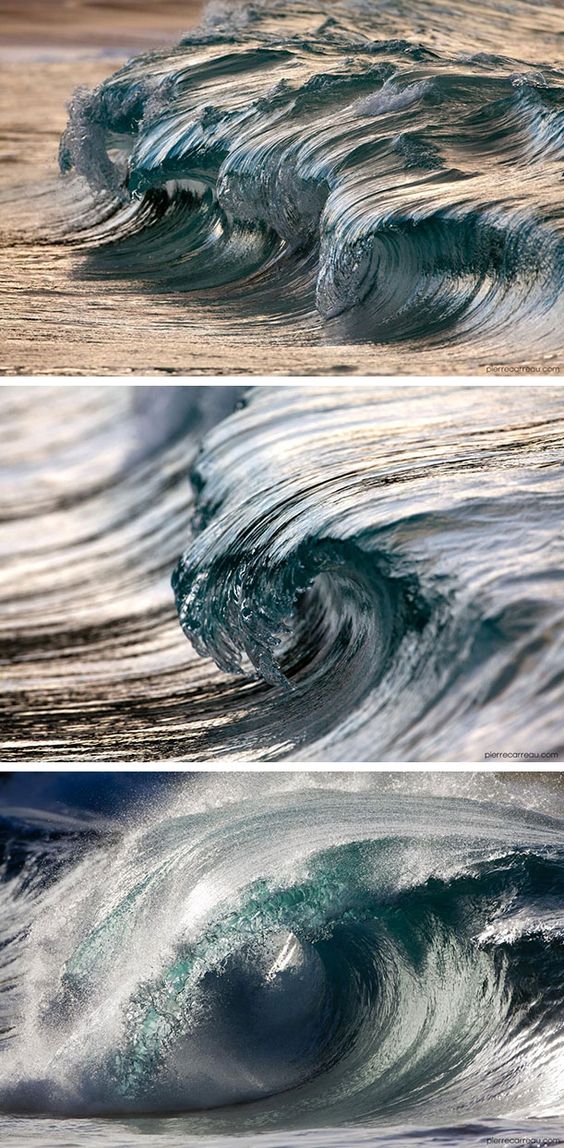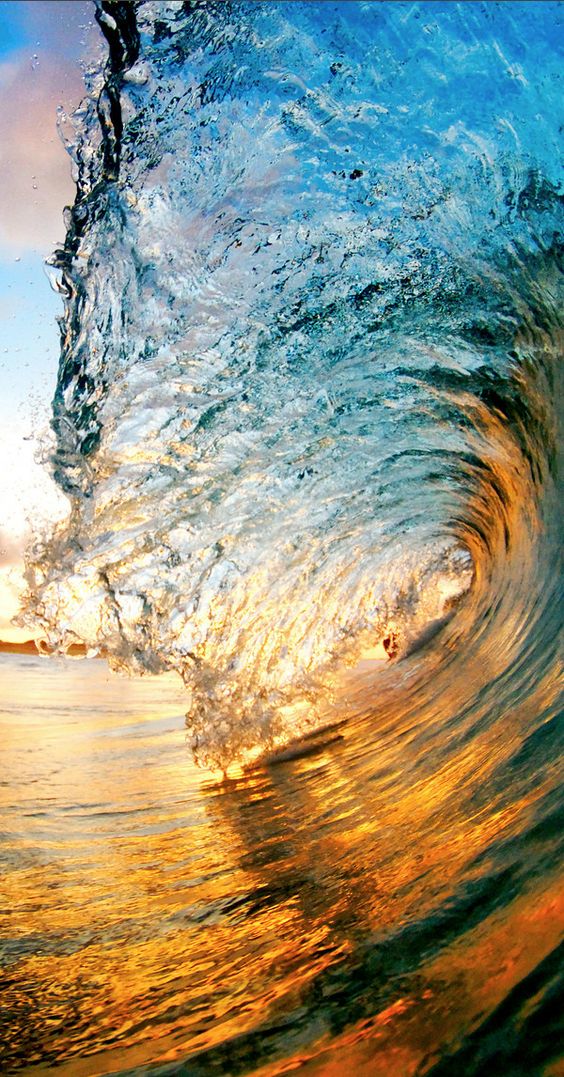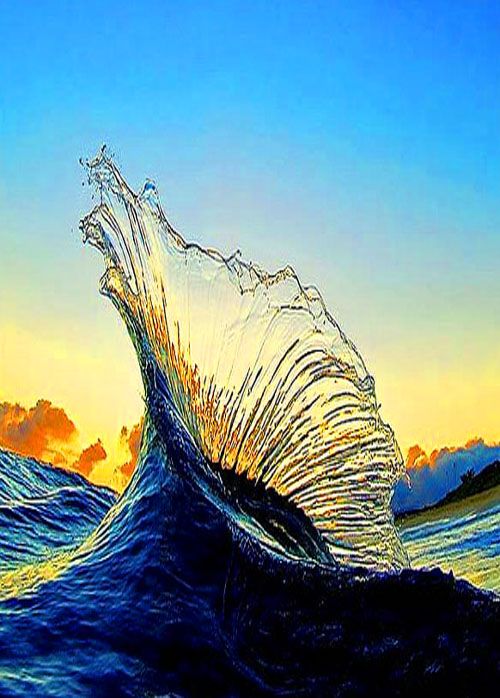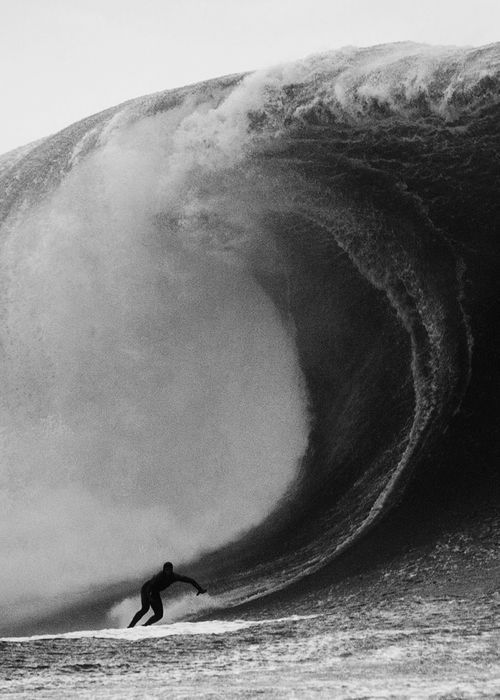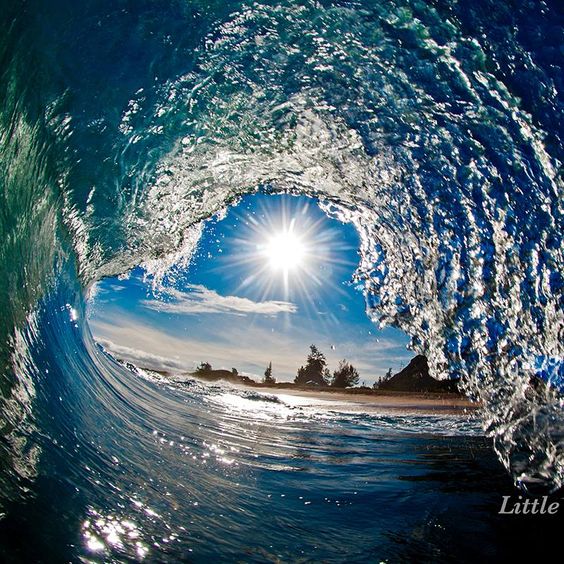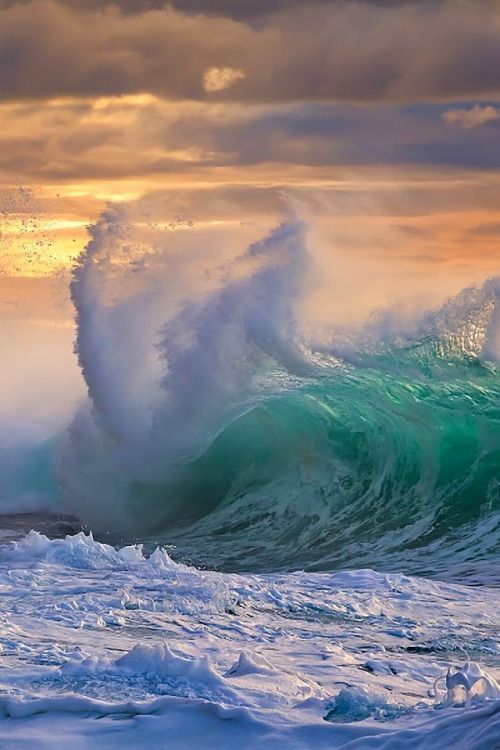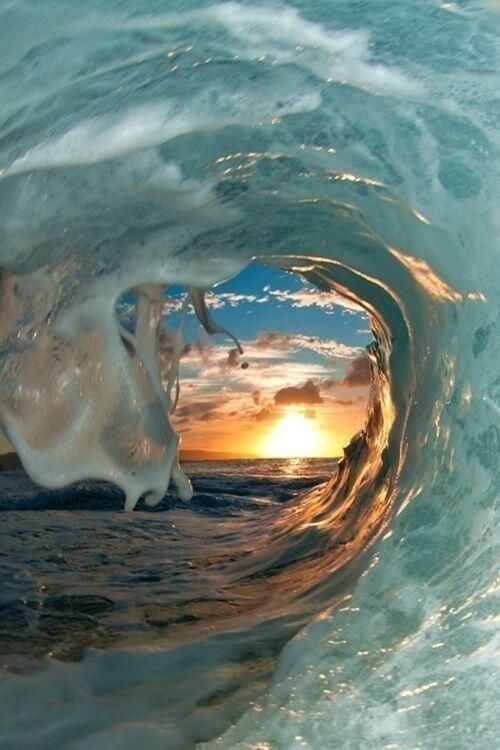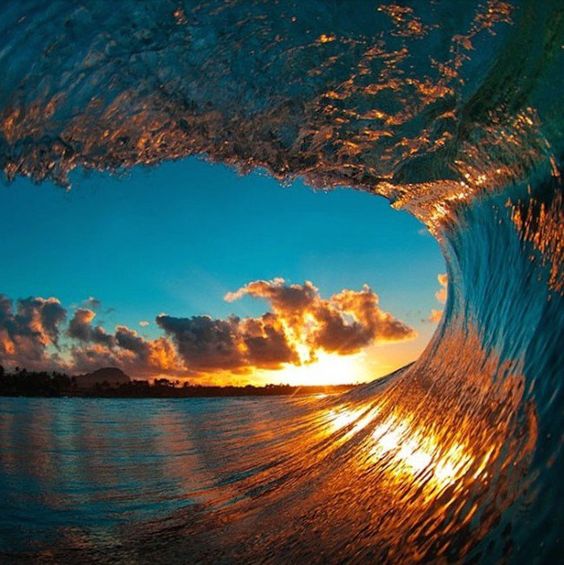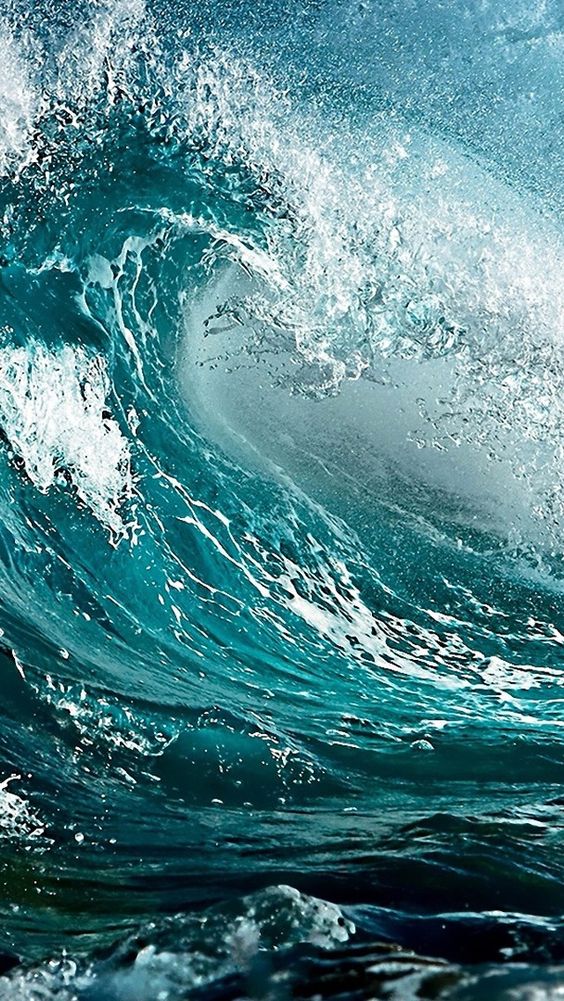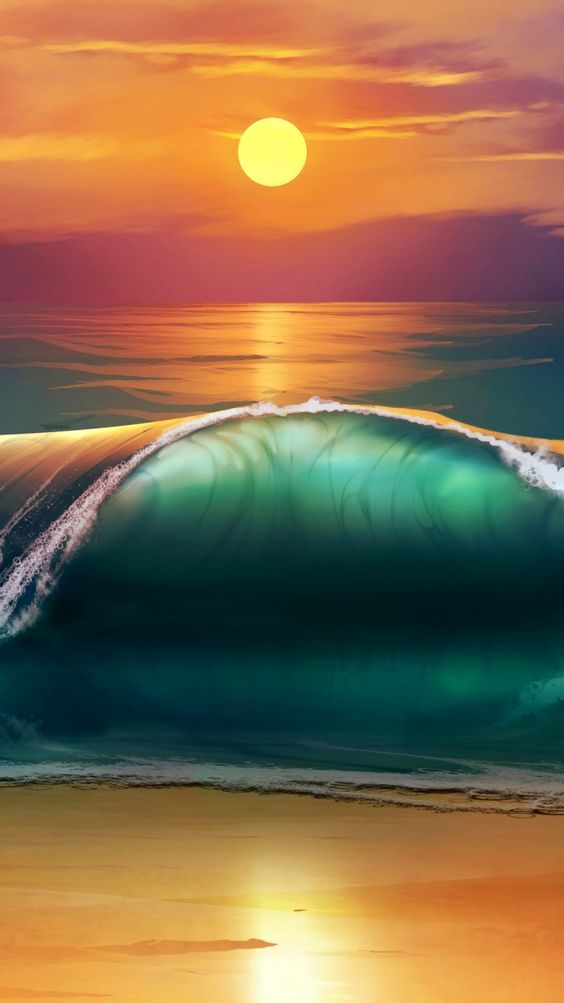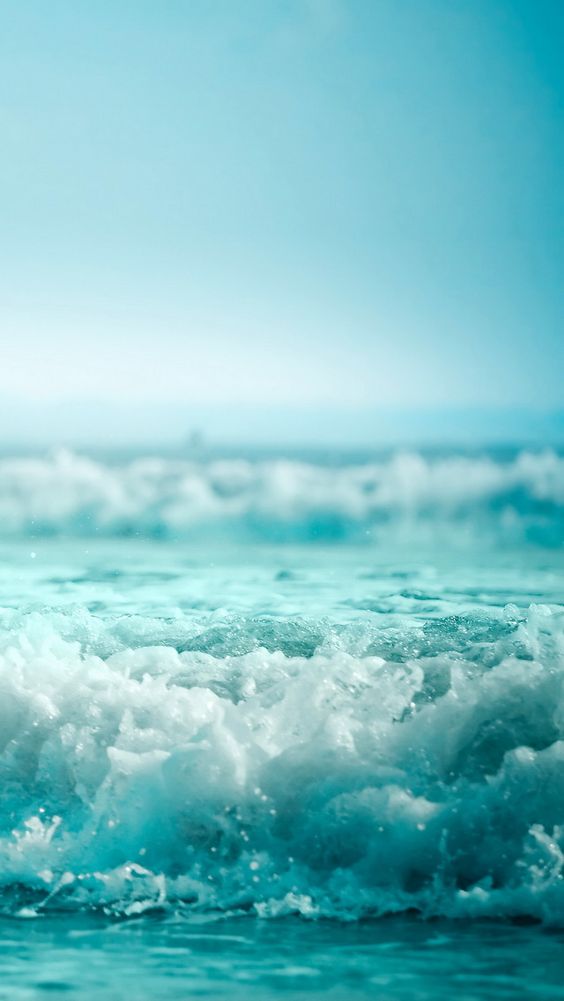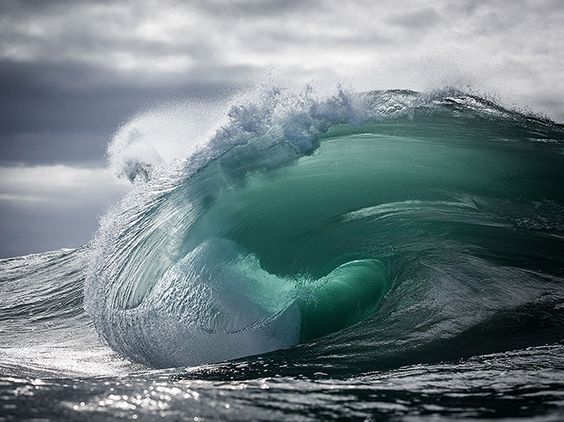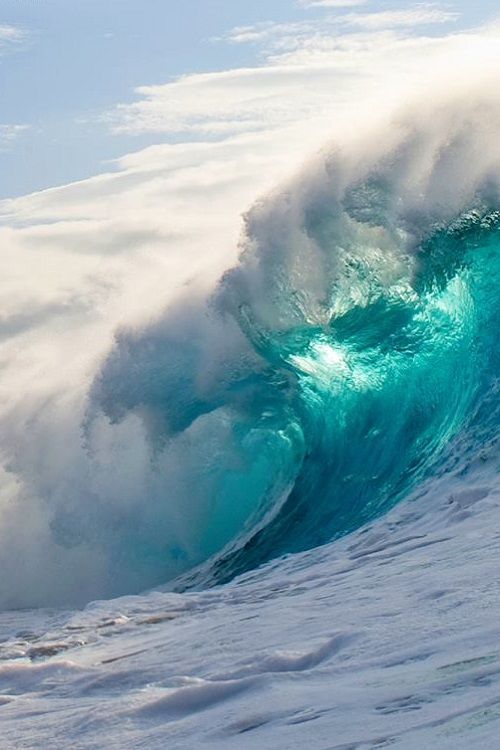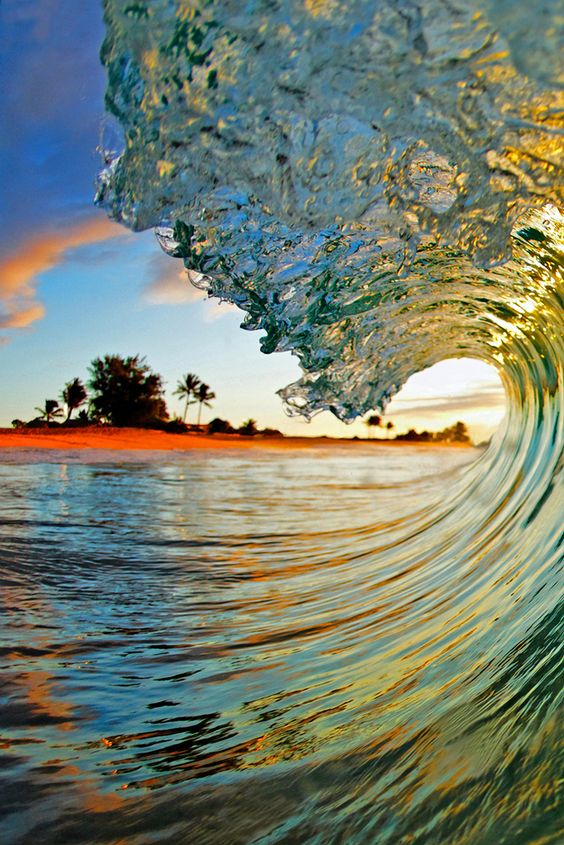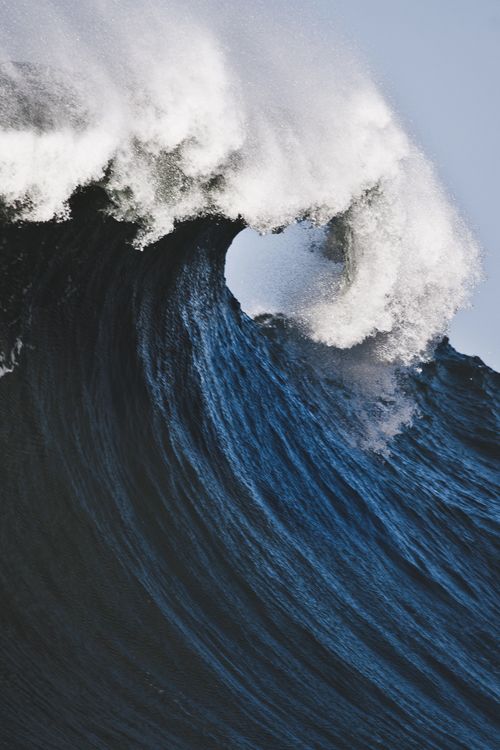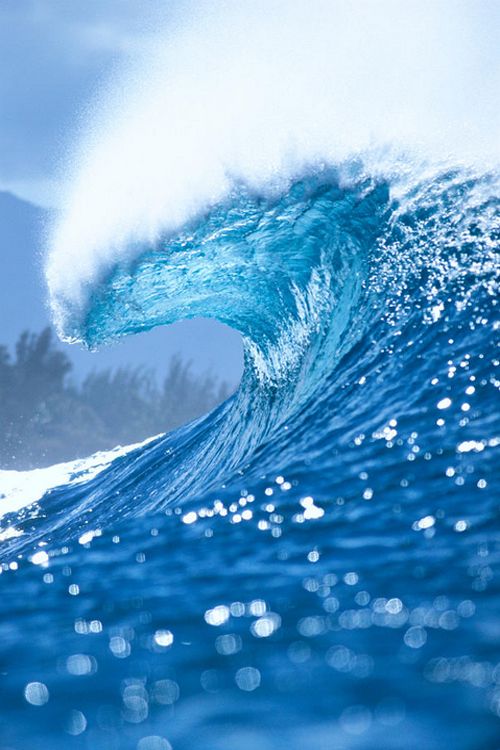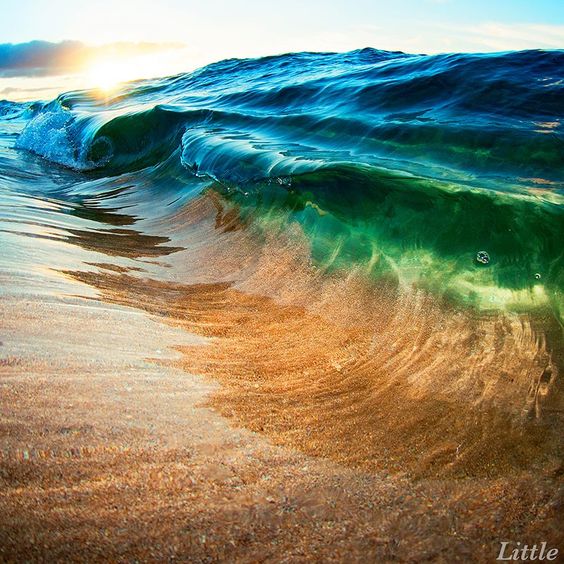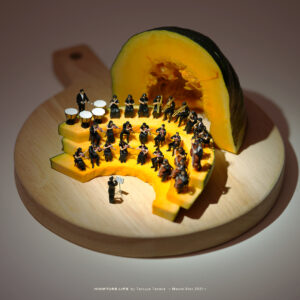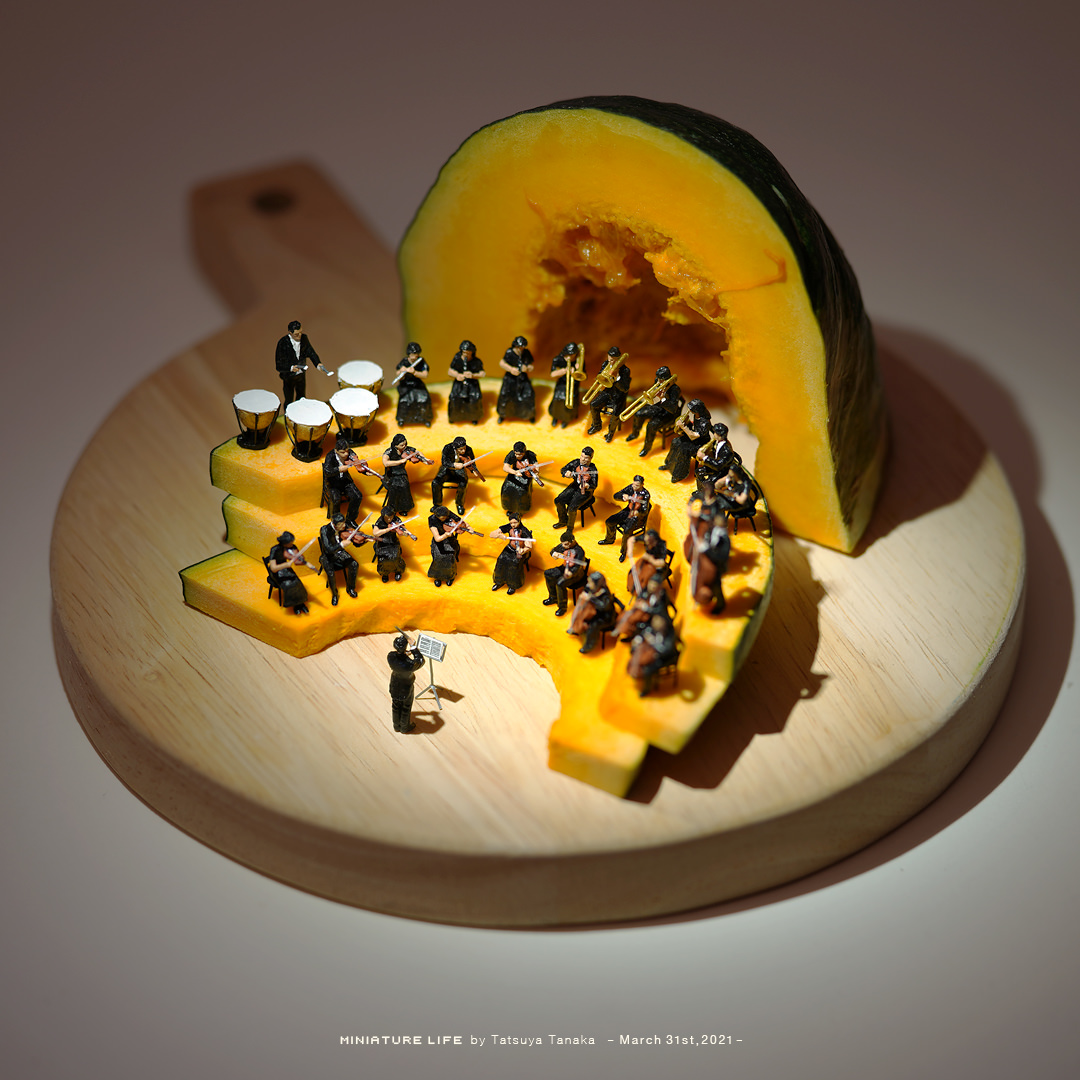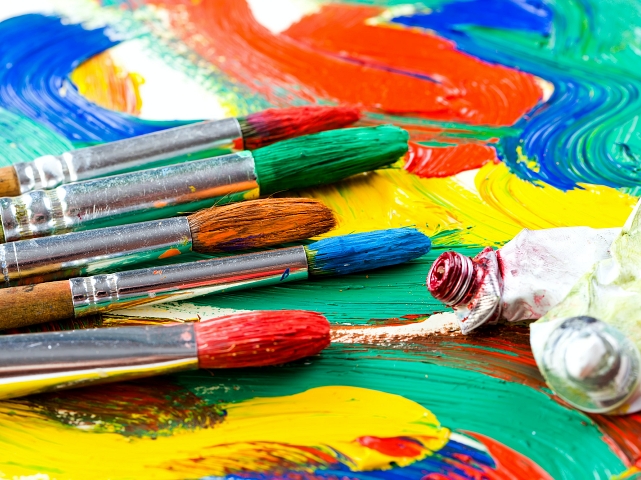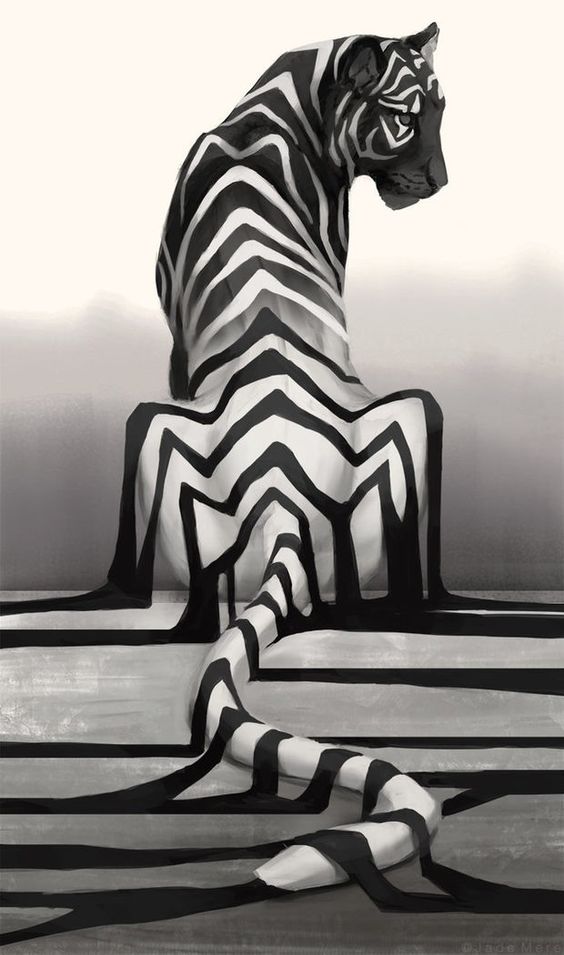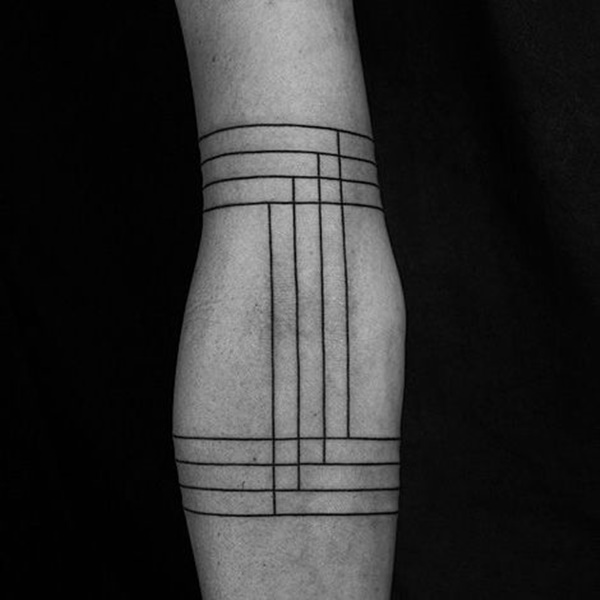There is nothing more joyful for a photography aficionado to be behind the lens looking at the world from a different perspective and clicking away to create images that are eternal. The fact is that many artists who paint or sculpt may see photography as a not so serious art, but it still requires a lot of skill and talent to be able to visualize how a shot should look and getting it to come out like that. There is definitely more to photography than just pointing and clicking. It goes without saying that the end results will not only depend on the skill of the photographer but also the subject that is being clicked. Take for instance, ocean wave photography – it offers so many photo opportunities that a lifetime may not be enough to click all the pictures you want to. As you may be aware, each type of photography has its own charms and even specific techniques and it all comes down to what moves you when it comes to the kind of things that you like to capture in your lens. For some it may be the thrill of dazzling and delightful double exposure photography while for others it could be something more like refreshing, fascinating and pretty fish photography.
We are not here to argue about the merits of ocean wave photography versus some other kind of photography like surprisingly curious and interesting cloud photography but to take a deeper look (pun intended) at ocean wave photography.
The thing about ocean wave photography is that the visuals are so awesome and ever changing that one may often find themselves getting distracted all the time. But to bring back the focus on how you will capture the awesome ocean waves in the lens of your camera, let us look at what you will need.
You will need a good digital camera, a wide angle lens, a neutral density filter and a tripod. The neutral density filter will come in handy to keep away some of the light that may come through the lens. The tripod will ensure that you have the stability to photograph something as volatile and full of movement like the waves. However, if you plan to be close and upfront with the waves instead of clicking them from a distance, you will have to rethink the usage of the tripod and get some kind of protection for your camera. It would also be important that you not be scared to get in there and get wet in order to ensure that you get the right angle.
It would also help if you spent some time studying the way the ocean and its waves behave so that you know which of the visuals you want to capture. For instance, the play of the sun on the waves at early mornings and late evenings can be very interesting to capture in your camera. The waters are more interesting to shoot when they are on the rougher side rather than when they are tranquil. But this would also mean a bit of risk and roughing up for you.
And you also need to get a grip on where the waves overlap at an angle as these visuals are awesome when captured and can also provide a view of the sun through the way the wave curls. And there is a good chance that you may end up wanting to capture each moment in your camera as each visual is equally appealing. But we suggest that you pick your moments and go with those instead of trying to get it all.

